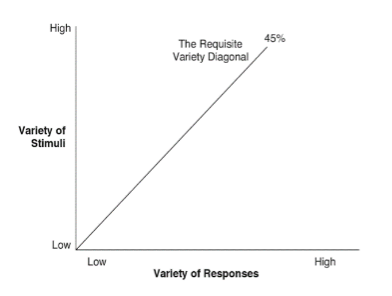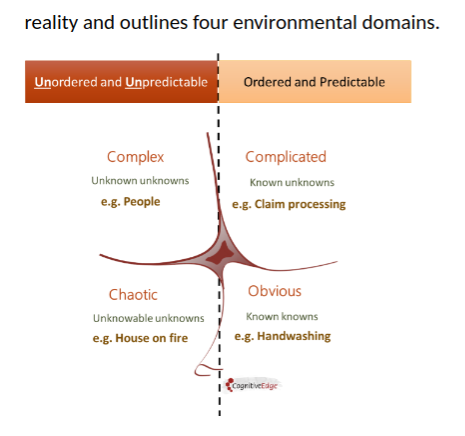This article follows “A tale of two systems”, published in a prior edition of The Lund Report. This article explains the first fundamental change necessary for successful management of healthcare delivery. It is also the first principle of the Curandi Model™, a “systems thinking” approach to healthcare reform.
OPINION-- Within healthcare delivery the patient-centered primary care home is improving care and lowering cost. And, in social services, co-location with clinical services similarly improves outcomes and lower cost. Why aren’t these innovative micro-system improvements resulting in premium decreases?
Additionally, every day we learn of new developments in medical science and engineering. In other industries, research and development lowers cost. Why is healthcare different?
A big part of the answer lies in the healthcare delivery macro-system. The answer is more fundamental than payment models, or that innovative micro-systems are buried under a hierarchical mountain of other concerns, or that there is little business advantage or mechanism to lower prices. The answer lies in the first law of cybernetics, a transdisciplinary approach for exploring regulatory systems, their structures, constraints, and possibilities.
This type of problem led W. Ross Ashby, a pioneer in cybernetics to develop and publish The Law of Requisite Variety in 1956.
“if a system is to be stable the number of states of its control mechanism must be greater than or equal to the number of states in the system being controlled”.
Variety in this case refers to the unique elements in a set. For example, if we ignore the order of occurrence, the collection
[c, b, c, a, c, c, a, b, c, b, b, a]
which has twelve elements, has only three distinct elements--- [a, b, c]. Such a set has a variety of three elements.

The conceptual graph in Figure 1 of the Ashby Space comes from Boisot and McKelveyi. The managing system must, at least, match the variety of stimuli coming from the controlled system. Insufficient variety results in loss of control. The variety of stimuli, and our ability to maintain control varies with the system’s environment. David Snoden developed a model called the Cynefin Framework (Figure 2) to make sense of that underlying reality and outlines four environmental domains.

The two domains on the right are linear and predictable. The Complicated domain requires expertise and may have multiple solutions, but it is knowable. Examples of the Complicated domain are the internal workings of a computer, a factory or a game of chess.
The two domains on the left are non-linear and unpredictable. Complexity produces emergent properties and behaviors because elements are highly interdependent. It is the land of unintended consequences and Butterfly effects. Complex events tend to follow a power law distribution. Whereas elements in the Chaos domain are independent producing events in a random distrubution.
The difficulty of keeping control depends on the environmental domain. Systems that manage an Obvious or Complicated domain are easier to control. Variety is finite and knowable so we can plan accordingly.
This is not so with Complexity. Systems that manage a “Complex” domain must respond to a wide range of unpredictable events and circumstances. Healthcare delivery runs in Complexity. It is also a social system making it highly self-organizing and adaptive to local concerns. The variety that healthcare delivery must respond to are unknowable! How then, can this be controlled?
The answer comes from Max Boisot who updated Ashby’s law in “The Interaction of Complexity and Management”.
“The Complexity of a system must be adequate to the Complexity of the environment that it finds itself in”.
Healthcare delivery must align its structure to be as Complex as its environment. Our thinking must embrace the idea that the mechanics of Complexity are our ally in solving problems. It makes it possible to adapt and organize in response to issues as they arise. Healthcare delivery needs to become a Complex Network.
The first part of the Curandi Model™ is structure. The Complex Network is the architecture of a new macro-system directly connecting innovation and cost containment to purchasers and healthcare users. It is a powerful approach that has worked well in other industries. Working from a Complex Network perspective, healthcare will take advantage of a wide range of new tools and behaviors for problem solving.
In next month’s article, we’ll explain the second part of the Curandi Model, “Behavior”. Complex Adaptive Systems can act like living organisms. To achieve our goals, the network must behave in a way that solves problems.
Dr. Rohwer is a founder and former CEO of PH Tech. He is the current Executive Director of Curandi, a not-for-profit organization working to heal healthcare. He can be reached at [email protected].
“Complexity and Organization – Environment Relations: Revisiting Ashby’s Law of Requisite Variety”; Max Boisot and Bill McKelvey, Chapter 16, 2011 Sage Handbook of Complexity and Management
